It’s easy to see what you want but don’t have. It’s just as easy to see what you have but don’t want. While manufacturers send market-exclusive models and up-spec variants to Europe and Asia, they ship a very different kind of “exclusive” to U.S. shores.
In recent years, the United States has become the retirement destination for aging motorcycle models. I’m looking at you, Honda Fury. You too, Suzuki DR-Z400S. Let's not get started on the Honda XR650L. But, how did the land of opportunity become the place where out-of-date motorcycles make their last stand? To find that answer, we have to look at global markets, regulations, and how they impact the motorcycle industry here in the U-S-of-A.
Air of inferiority
Euro 5 emissions standards went into effect for Europe on January 1, 2020. The stringent regulations stood in stark contrast to those imposed within the United States. The Environmental Protection Agency (EPA) limits carbon monoxide to 12,000 mg/km. Euro 5 allows a mere fraction of that total, at 1,000 mg/km of CO. This pattern is consistent across all emissions categories.
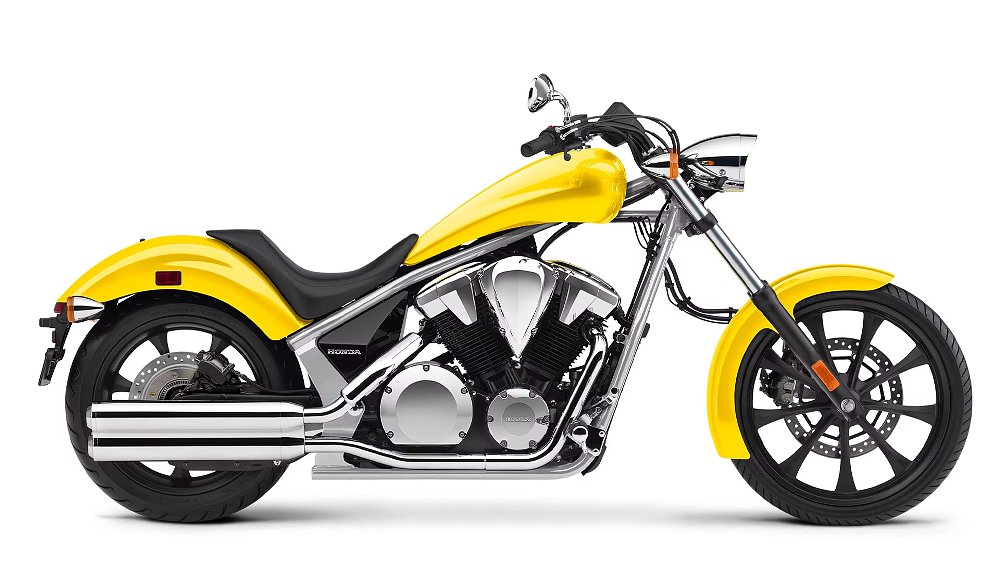
Faced with those strict Euro 5 benchmarks, manufacturers either updated or discontinued existing models (in Europe). At the same time, lax U.S. emissions regulations provided a safe haven for much of that outdated stock. Exhibit A: the Suzuki GSX-R1000.
Euro 5 forced Suzuki to remove its flagship sport bike from E.U. markets by 2022. Japan also adopted Euro 5-equivalent emissions standards in late 2020, rendering the literbike unsellable in its home country. What’s worse, Suzuki previously pulled the GSX-R600 and GSX-R750 from Europe due to Euro 4 regulations. All three models remain in the brand’s U.S. range — and they aren’t alone.
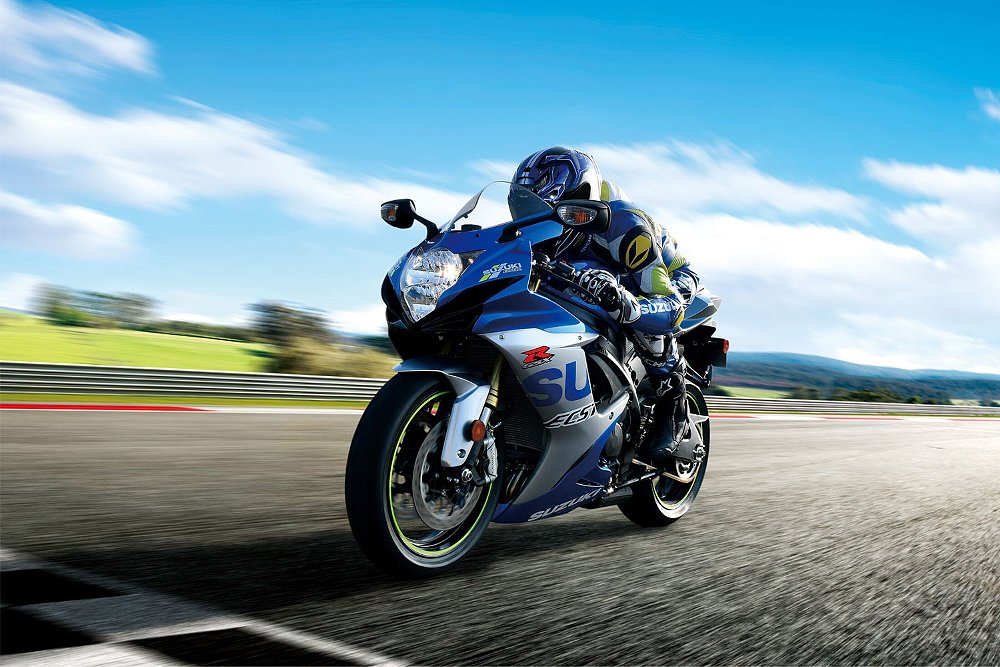
Euro 4 also spelled the end of the DR-Z400S and DR-Z400SM’s European run in 2009; two motorcycles Suzuki continues to send stateside in 2023. Elsewhere in the dual-sport segment, dinosaurs like the Suzuki DR650S and the 30-year-old Honda XR650L still roam the Land of Liberty. With only one market to serve, many of these models have gone unchanged for decades on end. Not every manufacturer relegates its aging stock to the forgotten corners of U.S. showrooms, though.
A small change goes a long way
In 2018, Kawasaki discontinued its long-running KLR650. The big thumper wasn’t down for the count, however. Team Green reintroduced the model with moderate revisions in 2022. Calls for a twin-powered KLR went unanswered, but the model’s 652 cc single got with the times thanks to electronic fuel injection, an updated clutch, cams, and camchain tensioners. A new dash also refined the revived dualie, even if its LCD readout is dated by today’s standards. Reshaped bodywork even came along for the ride, but didn’t depart too far from the KLR’s barrel-chested profile.
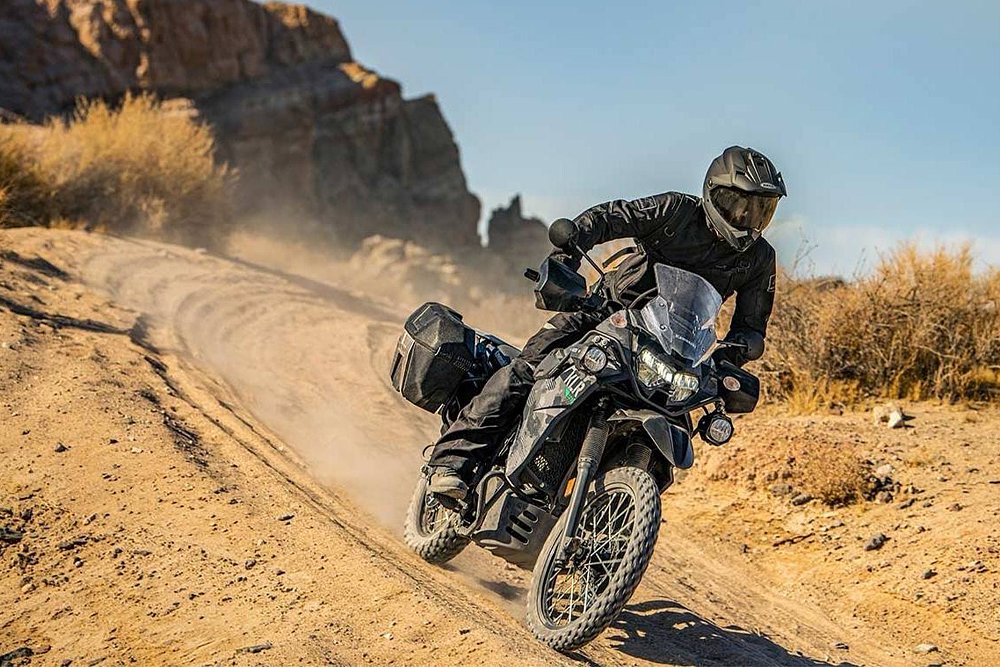
Despite those updates, Kawi still doesn’t offer the KLR650 in Europe due to emissions. That’s an important distinction to make, because Team Green refreshed the KLR, regardless. It’s not that manufacturers can’t upgrade long-in-the-tooth, U.S.-exclusive models. It’s that they won’t.
Kawasaki’s rivals can’t hide behind the “cost of development” excuse, either. When Kawasaki axed the KLR in 2018, it retailed for $6,699. The model’s price tag only rose to $6,899 in 2023 (yes, even amid today’s inflation rates).
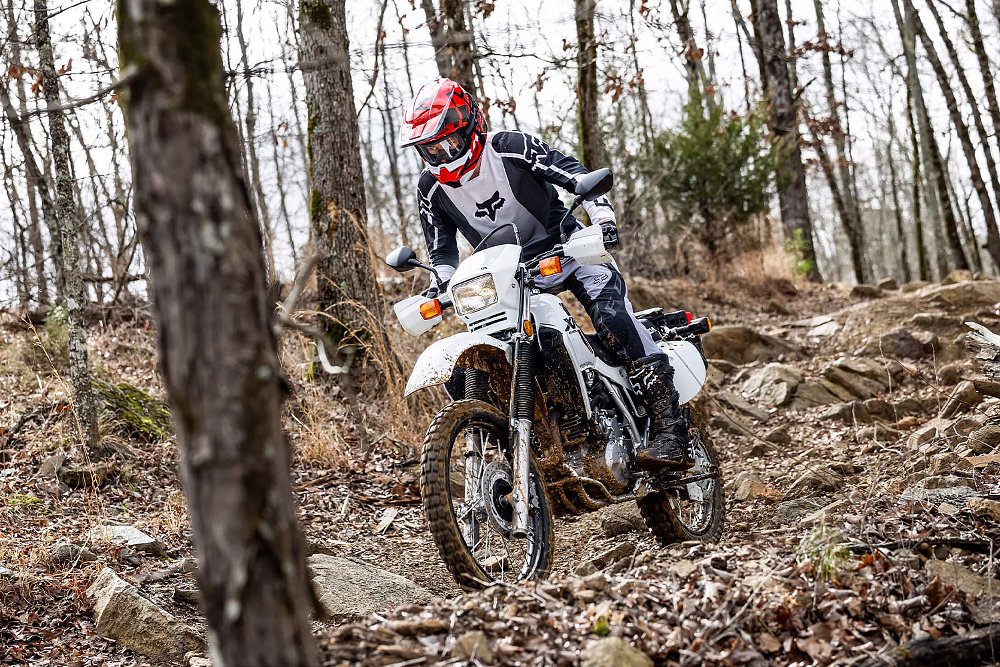
In a category where carburetors, rectangular headlamps, and 1990s-era plastics are commonplace, the thoughtfully updated green machine is a breath of fresh air. Everything from the DR-Z family to the XR line could benefit from similar makeovers. To expect such revamp would be overly optimistic, given the lack of updates over the last few decades.
The takeaway
From Yamaha’s V-Star 250 to Honda’s Shadow series, from the Kawasaki Vulcan Vaquero to the Super Ténéré, the U.S. market is chock full of motorcycles whose bloom of newness has long worn off. On the other hand, one person’s gripe is another’s gain. European and Asian emissions standards demand regularly updated models, but new technologies to meet those standards frequently come with new complexities. The simplicity, reliability, and parts availability of old-school motorcycles is much more desired by budding DIYers and moonlighting mechanics. The fact that these models soldier on year after year unchanged is proof that some riders find them to be the right solution.
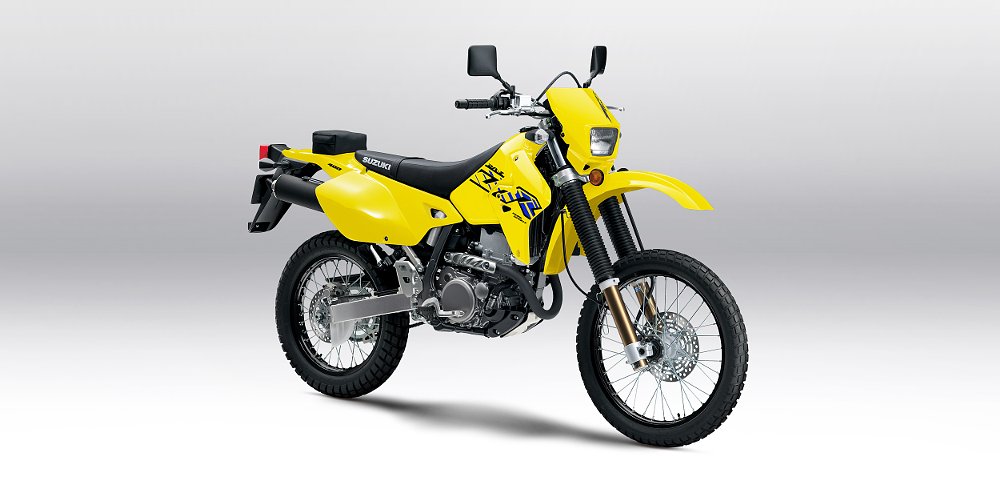
Simplicity and modernity don’t have to be mutually exclusive, though. If Kawasaki proved anything with the new KLR, it’s that customers who appreciate these tried and true machines aren’t asking for a clean-sheet rebuild. A handful of carefully considered changes makes a considerable difference. Manufacturers may not be able to deliver all the upgrades riders want, but they’re certainly capable of delivering the ones riders deserve.













